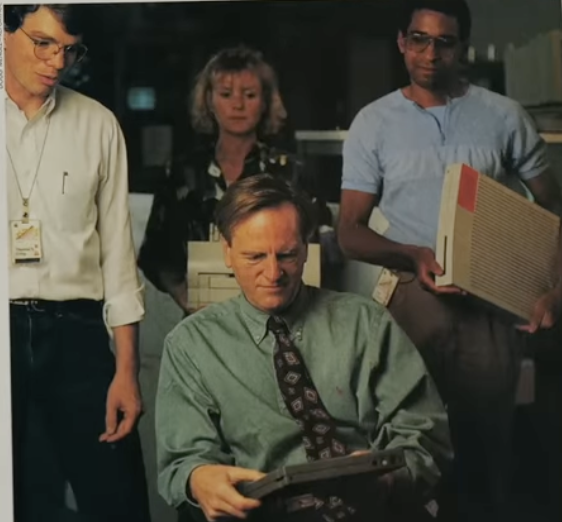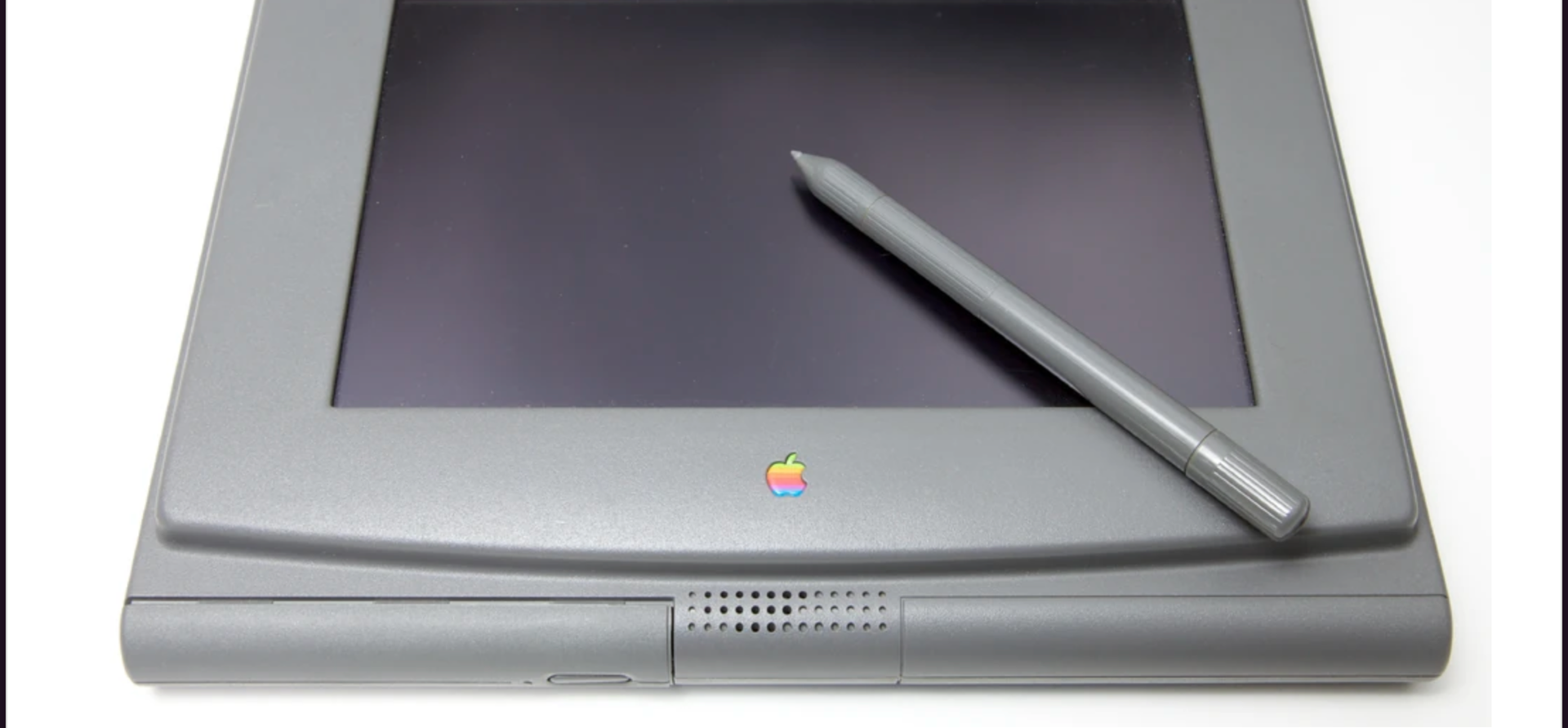Paul Mercer's "Swatch" handheld had progressed inside Apple as product manager Phac Le Tuan recalls:
Soon we had a stripped down, Apple operating system on the Sony PTC-550 device, using a Motorola 68k chip. We were able to run a few Mac OS features and it was amazing. I reached out to Roger Heinen, who at the time was general manager of Macintosh software and told him.
Le Tuan received a short reply:
Roger sent me an email. Pen-based Macintosh is the new ‘important thing’.
As Swatch surged ahead, Newton slowly moved toward production.
Such was the siloed nature of various skunkworks around Apple, the Product Development Group greenlit further work on PenLite which had started life as a project by Tom Gilley and Bob Alkire. Gilley recalls:
Apple moved 20 people from various groups into a new portable product group, under Sue King, to get it ready for production. Sue had come acrossfrom IBM where she was a senior product manager. She aligned with us with Phac le Tuan who led the software team which was called PenMac. Their aim was to create the ‘Mac Look and Feel’ for PenLite. Alongside was Larry Yeager and Michael Kaplan in ATG who were building Rosetta, an advanced handwriting recognition program. They had worked on “Scribbler” which was a pen driver using the really cool Kalman filter to predict where the pen would be in the future. Alan Kay turned me on to this.
In statistics and control theory, Kalman filtering is an algorithm that uses a series of measurements observed over time
Also in the team were Mike Gough and Mike Robbins who were building a translucent and opaque inking layer system for pen-based computing, that they later patented.

Then CEO Sculley signed a deal with Sharp Electronics in Japan to manufacture the Newton handheld, which created a problem. Swatch was reliant on Sony's PalmTop hardware and Sculley was concerned about engaging two rival Japanese manufacturers to build two as yet unfinished Apple products. Furthermore, the Newton team believed Swatch would confuse the marketplace and pressed for action, so Swatch was axed.
Soon after Sculley visited the Advanced Technology Group area for a photo shoot. Industry journalist Brent Schlender was preparing a feature article on the 'Future of the PC' in Fortune magazine that famously put Steve Job and Bill Gates on the cover. Fortune also wanted an image of Apple's Sculley to accompany the interview. Tom Gilley recalls:
Sculley would often come to the lab, and on this visit, he came with a media handler and photographer. Suddenly I was standing there, posing, handing him the prototype Sweet Pea hand-held CD-ROM player that we had created in the CIL. Not Penlite or Newton. They asked me for some others to be in the picture, so I rounded up Rod (Perkins) and Caroline (Henton), who was working on text to speech technology, in a cubicle near me in ATG. I must say it looks a little goofy with Rod holding a random desktop ‘pizza-box’, and me trying to explain to the CEO what he was holding. In retrospect he didn't care. The goal was to show a sneak peek of something. After these visits, my manager would call me in his office and grill me on why Sculley was visiting my lab and that in future, I needed to let him know. Given that I never knew when Sculley was coming. I didn't understandwhat my manager needed me to do or why he was so concerned given that he reported to Dave Nagel who didn’t care, in fact I think Dave liked it.
So I would smile at my manager and say OK.
Excerpt from https://books.by/john-buck/inventing-the-future
